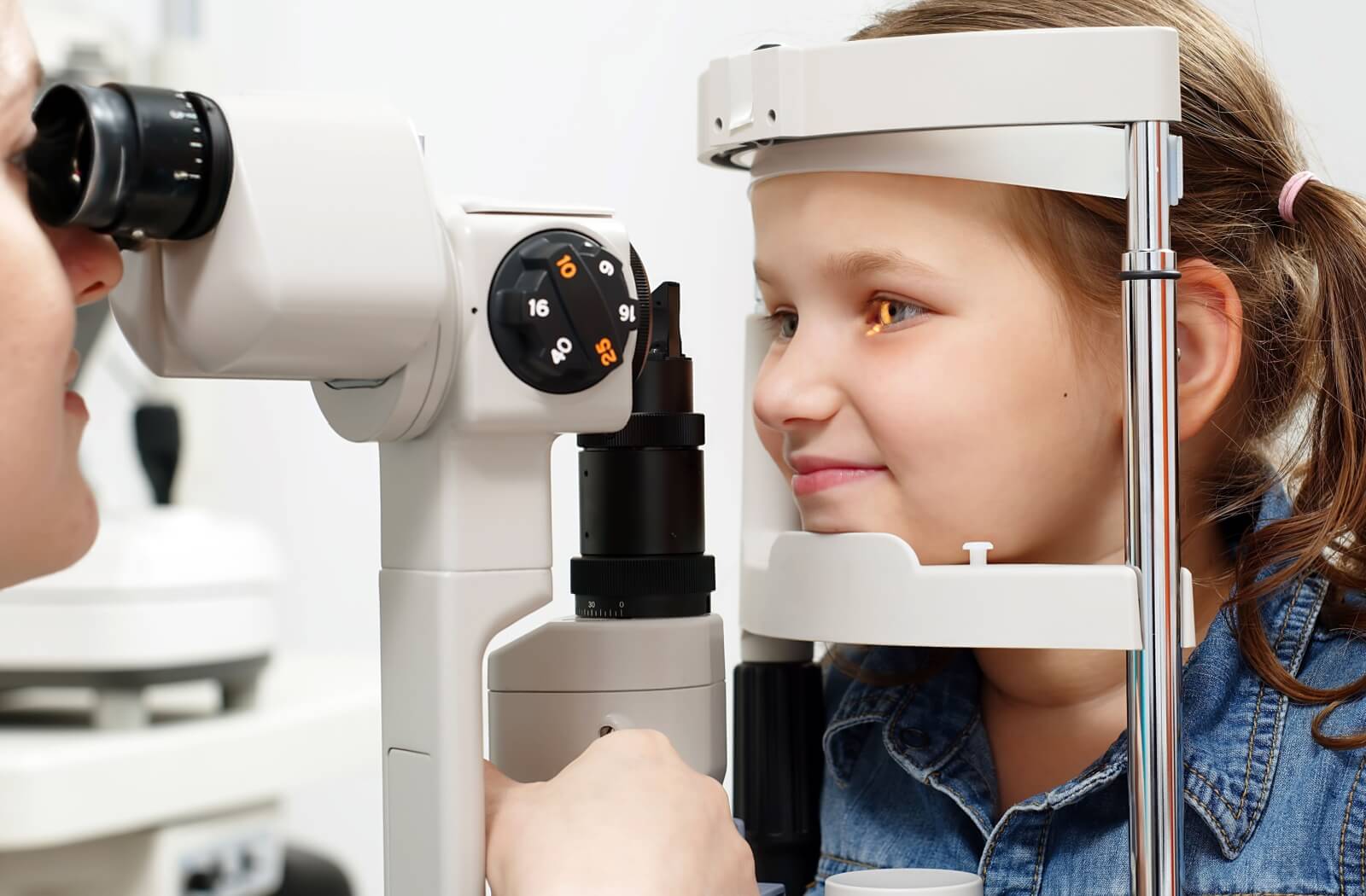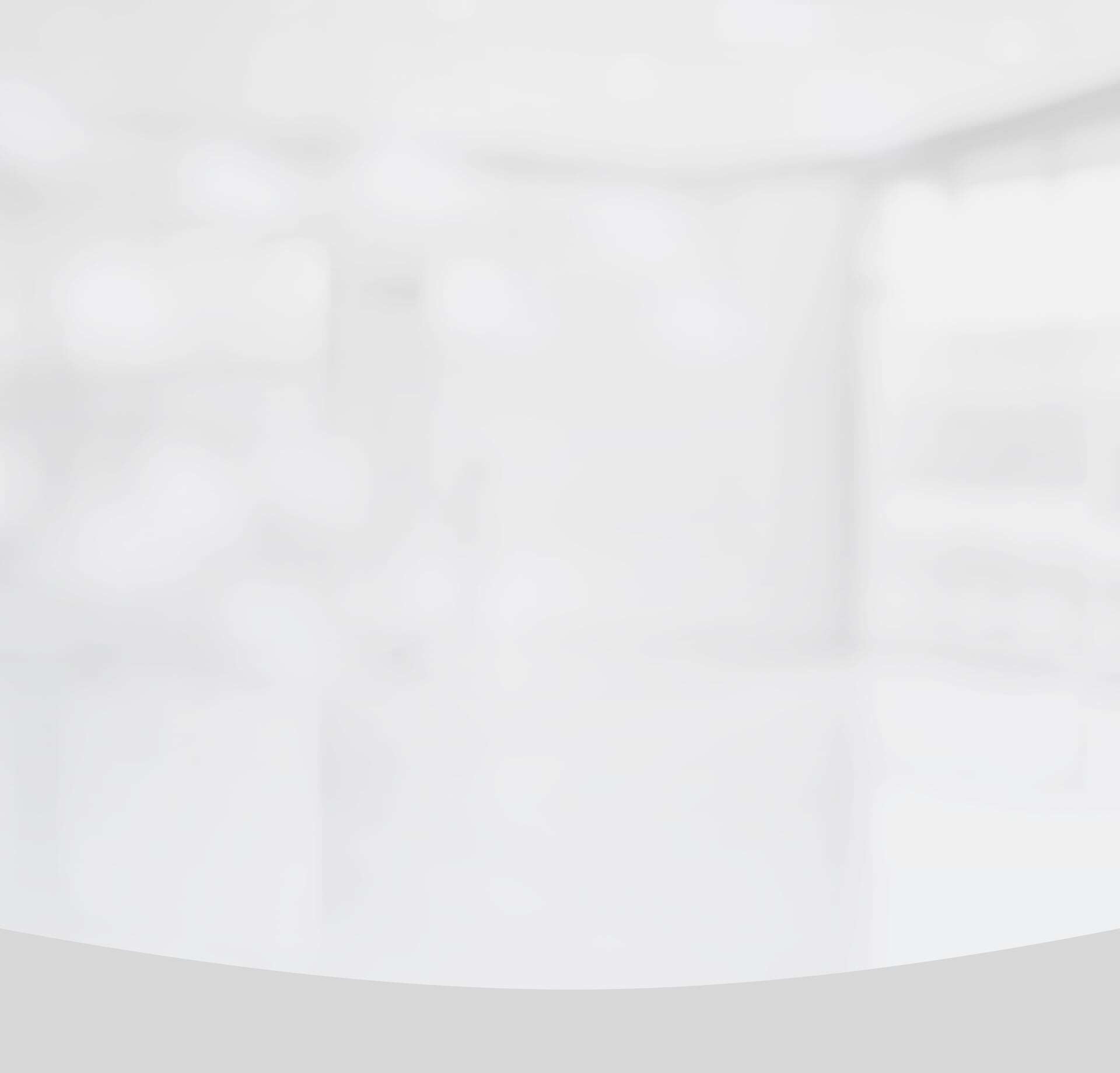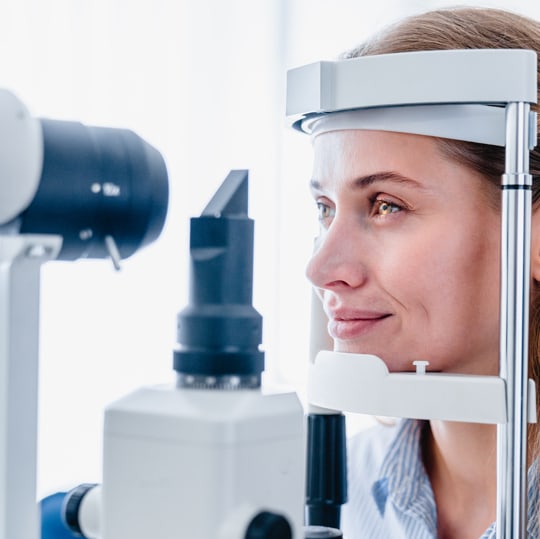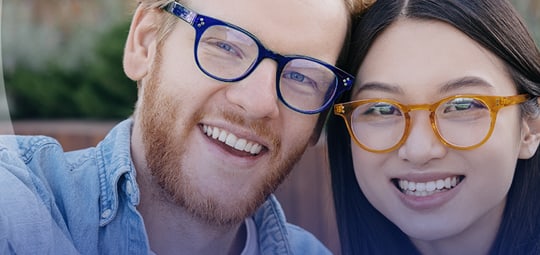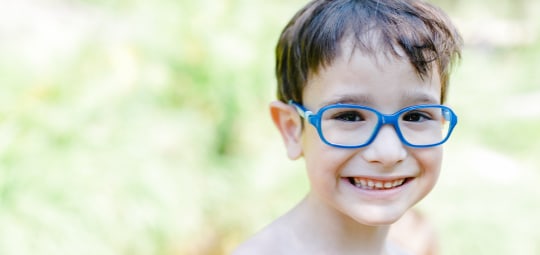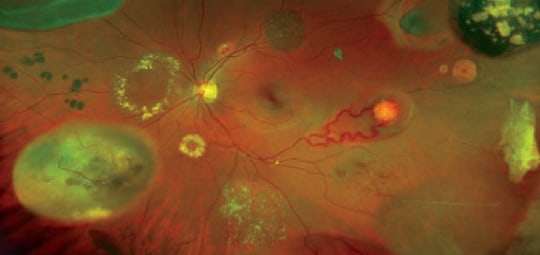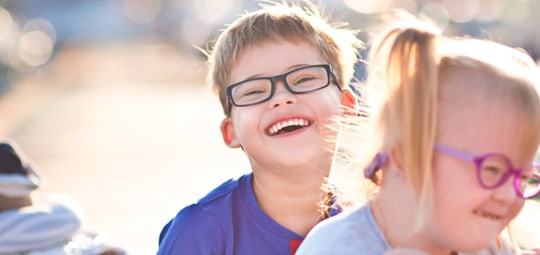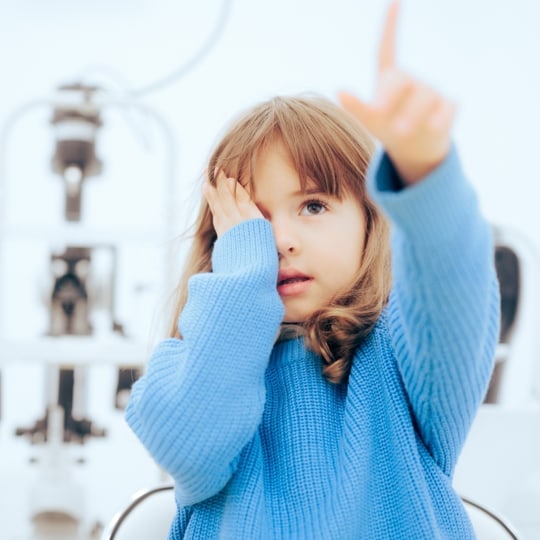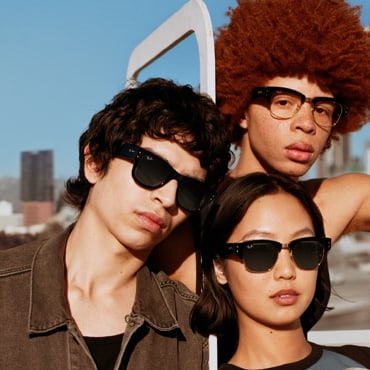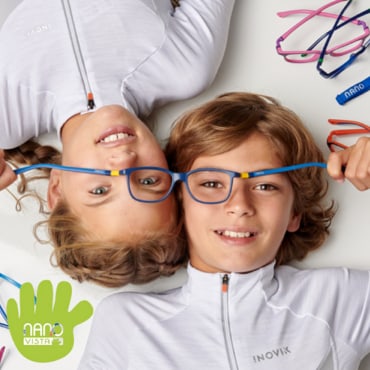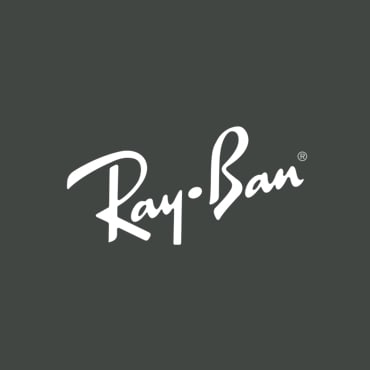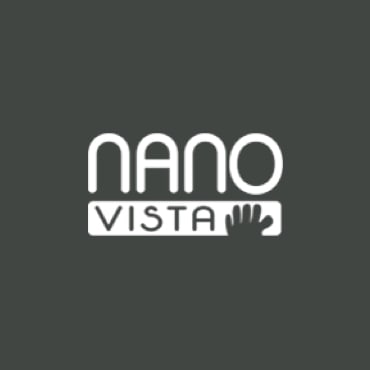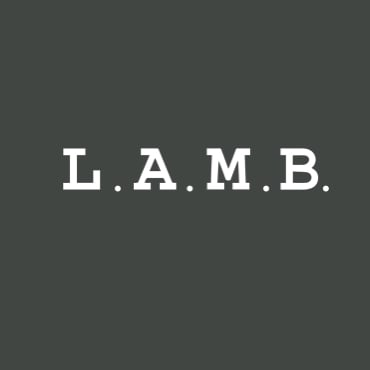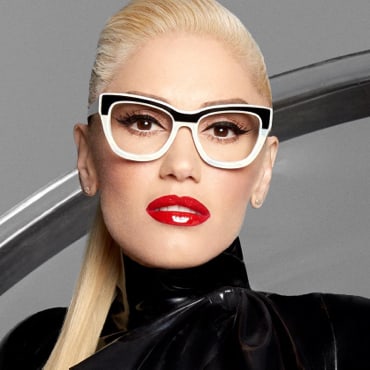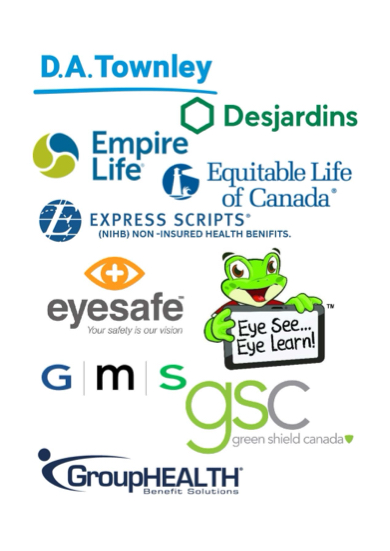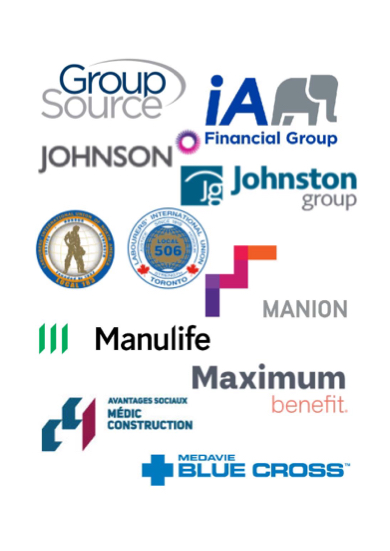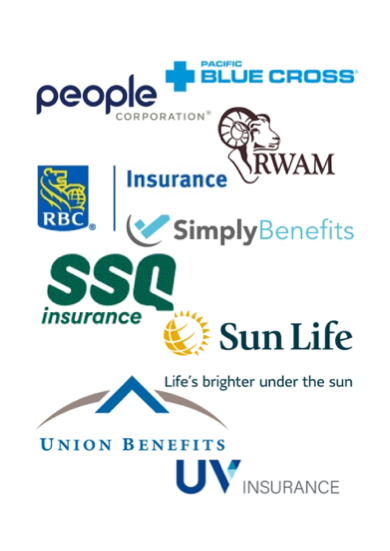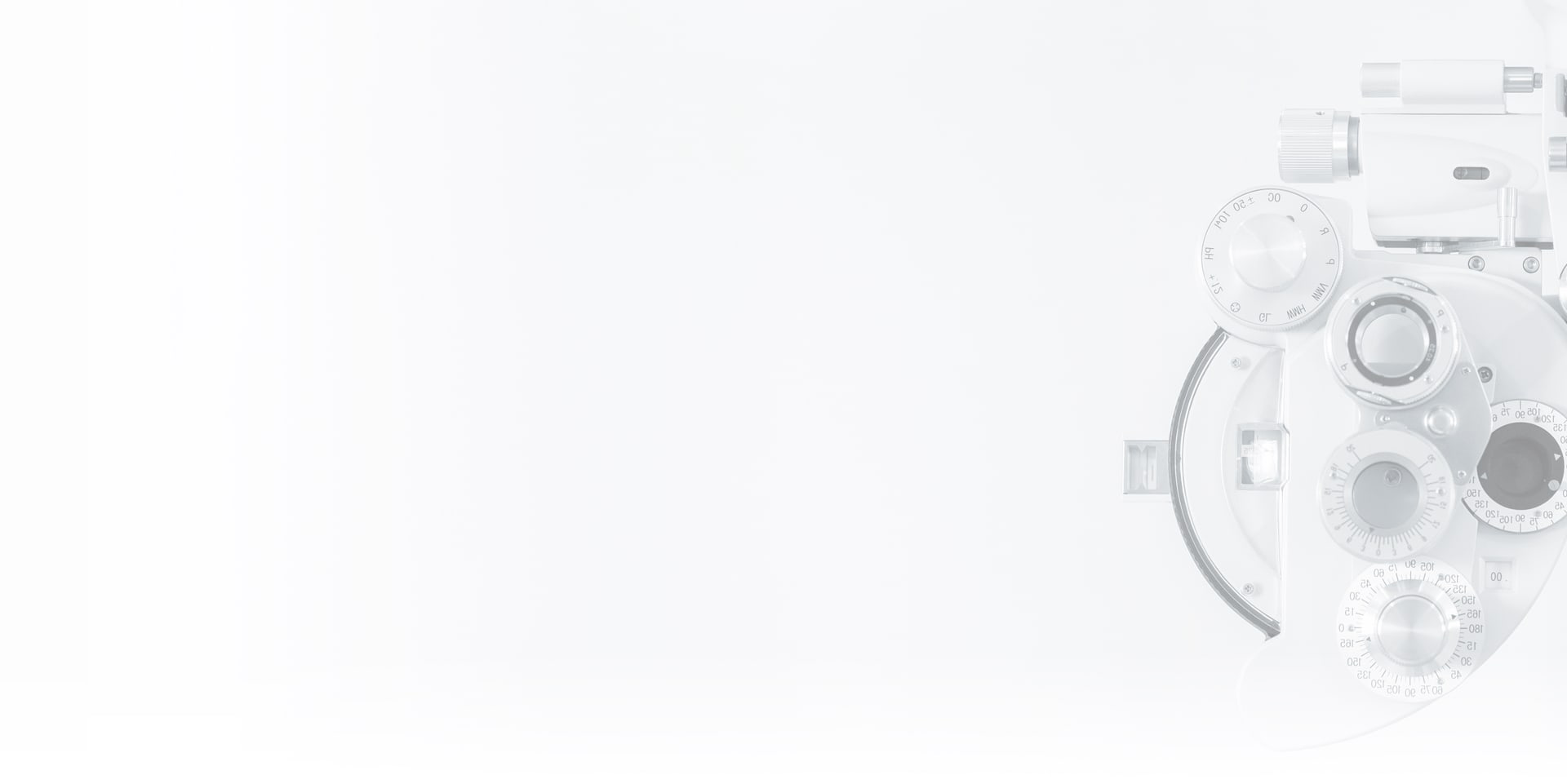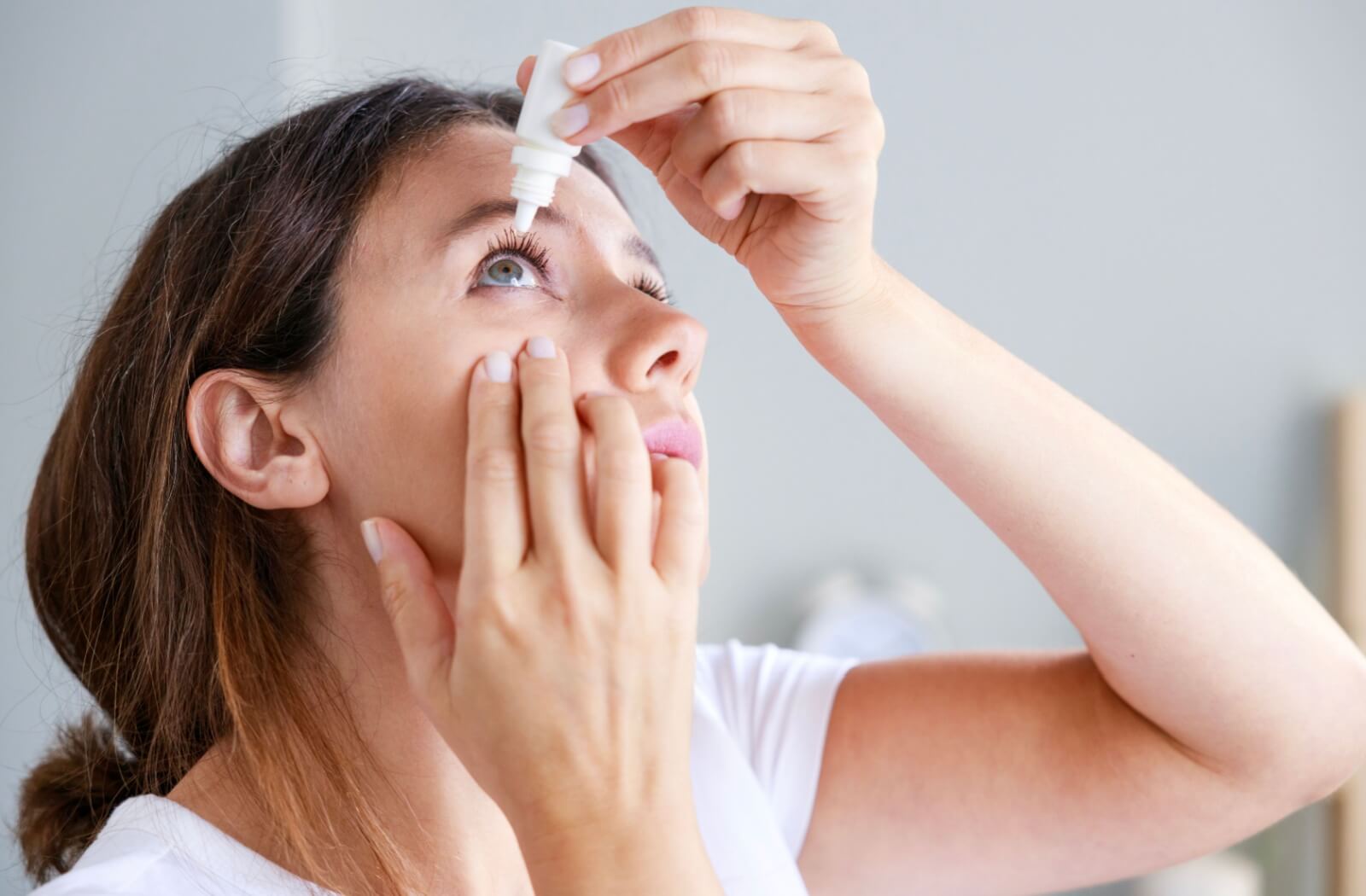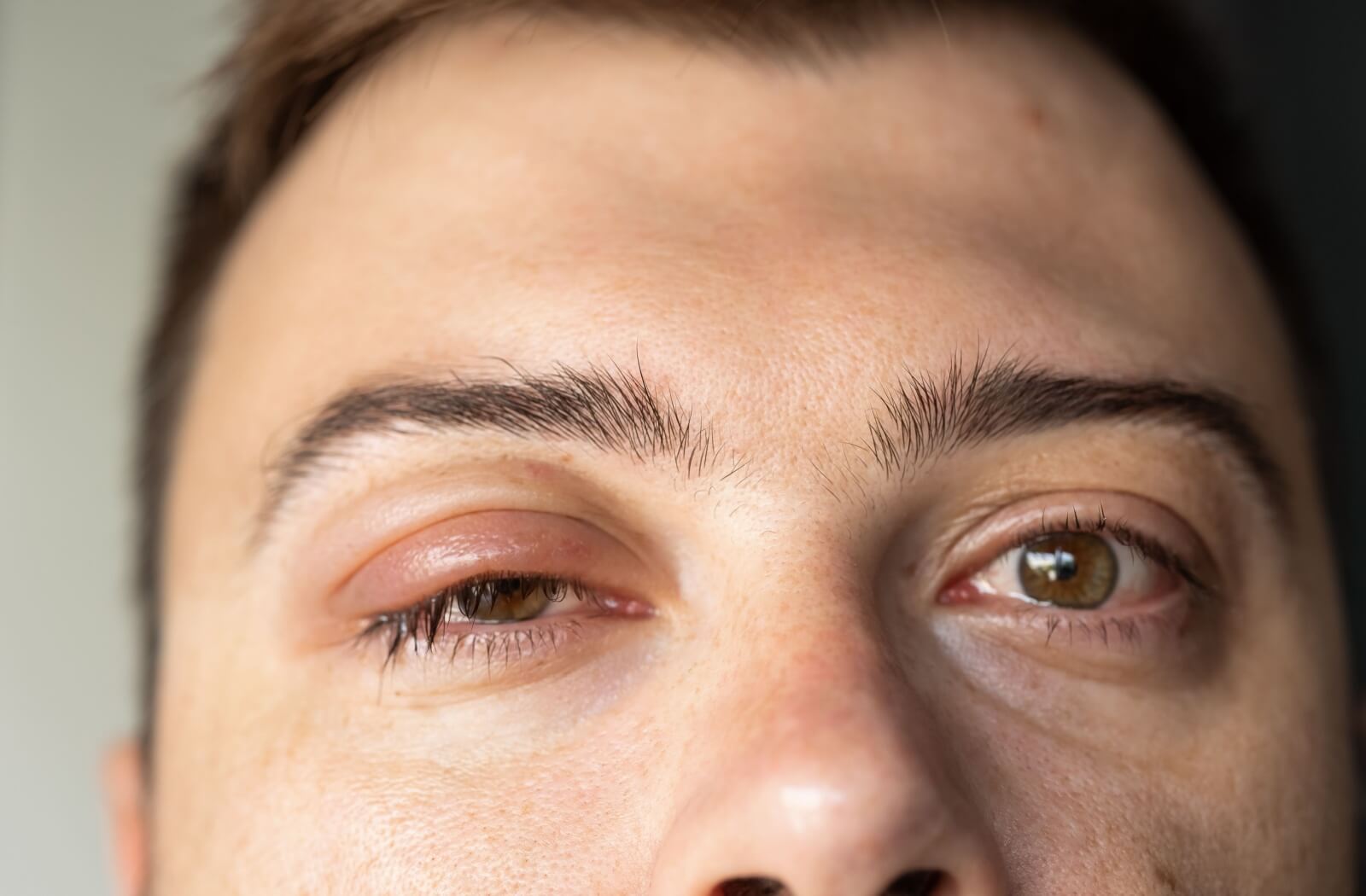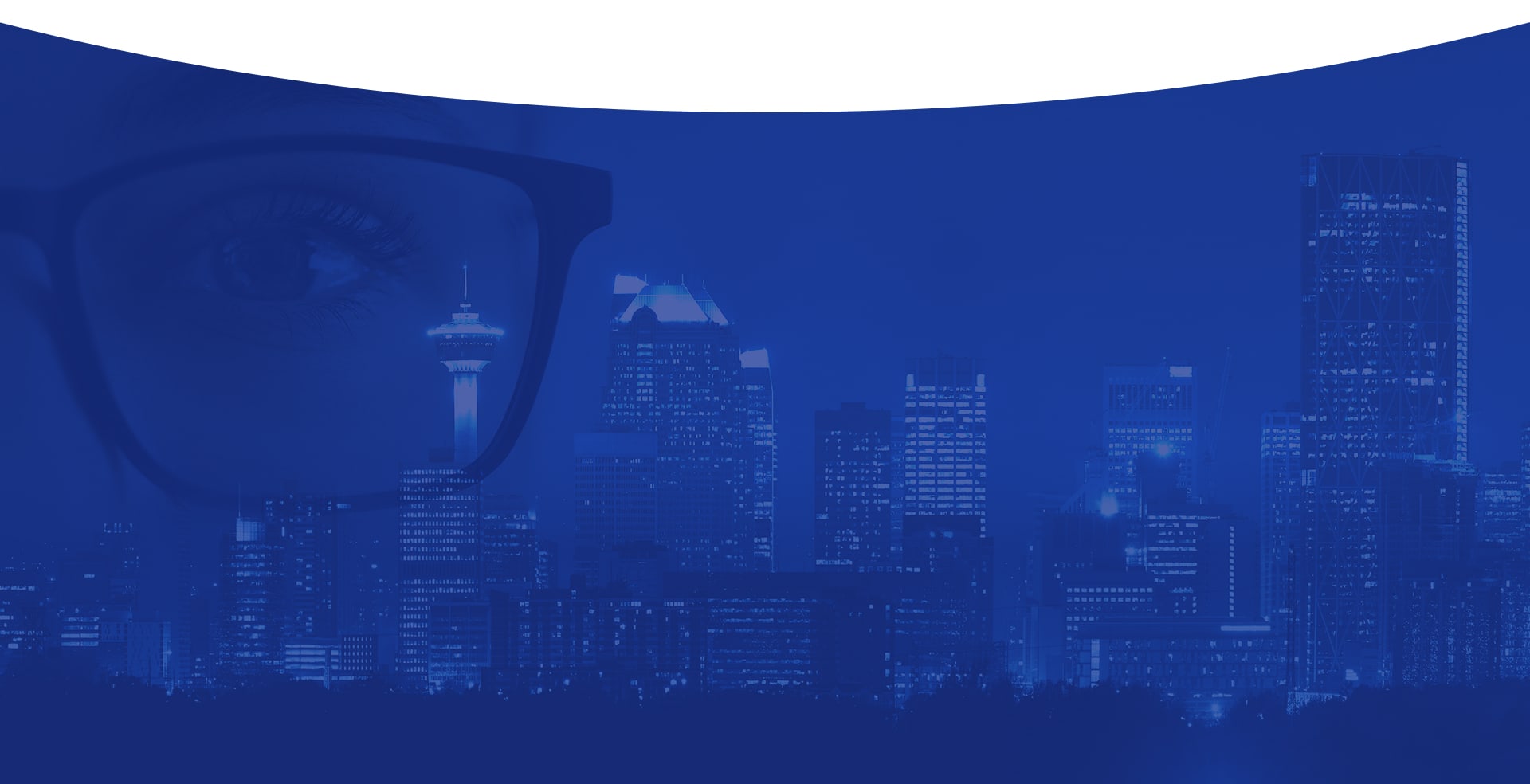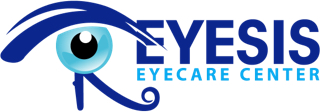Myopia, or nearsightedness, is a common refractive error that causes distant objects to appear blurry while close-up tasks remain clear. It’s frequently diagnosed in school-aged children and teenagers during routine eye exams and can gradually worsen over time.
While it isn’t possible to reverse myopia once it has developed, there are several effective ways to manage the condition and support healthy vision, especially when detected early.
Understanding the causes of myopia, how it progresses, and what tools are available can make a meaningful difference in long-term eye health.
What You Should Know About Myopia
Myopia occurs when the shape of the eye causes light to focus in front of the retina rather than directly on it. This typically happens when the eyeball is elongated or the cornea has too much curvature. The result is blurred distance vision.
Myopia often begins in childhood and may continue to progress into early adulthood, but usually progresses most rapidly between ages 6 and 17. Both genetic and environmental factors contribute to its development. A child with one or both parents who are nearsighted is more likely to develop the condition.
Spending too much time on close-up tasks, such as reading or using screens, may increase the risk of myopia, especially without sufficient outdoor time. Making time for breaks and daily outdoor play can help support healthy vision as kids grow.
Is Reversing Myopia Possible?
Once myopia has progressed, the structural changes in the eye are permanent. There are no medically supported treatments that can reverse these changes.
Various alternative methods, such as the Bates Method or “eye yoga,” are sometimes promoted as ways to improve vision or reverse myopia. However, these techniques have not been supported by controlled clinical studies. They do not alter the physical structure of the eye, and there is no evidence they slow or reduce myopic progression.
Because reversal is not possible, the emphasis is placed on early detection and long-term management.
Ways to Support Eye Health and Manage Myopia Risk
While it may not be possible to fully prevent myopia, certain lifestyle habits may reduce its risk or slow progression in children. Creating a visually supportive environment can play an important role in healthy eye development.
Here are a few simple strategies to consider:
- Encourage daily outdoor time. Spending at least 1–2 hours outside has been linked to a lower risk of developing myopia. Natural light and the opportunity to focus at a distance are beneficial for developing eyes.
- Take regular screen breaks. Following the 20-20-20 rule—looking 20 feet away for 20 seconds every 20 minutes—can reduce eye strain during near work.
- Maintain proper lighting. Whether reading, writing, or using devices, good lighting helps reduce squinting and fatigue.
- Support nutrition. Foods rich in vitamin A, omega-3s, lutein, and zinc support eye health and overall visual function.
- Schedule routine eye exams. Regular visits allow optometrists to monitor eye growth and visual changes, enabling them to catch issues early.
Making small but consistent changes to a child’s routine may help delay the onset or slow the progression of myopia.
Corrective Options for Nearsightedness
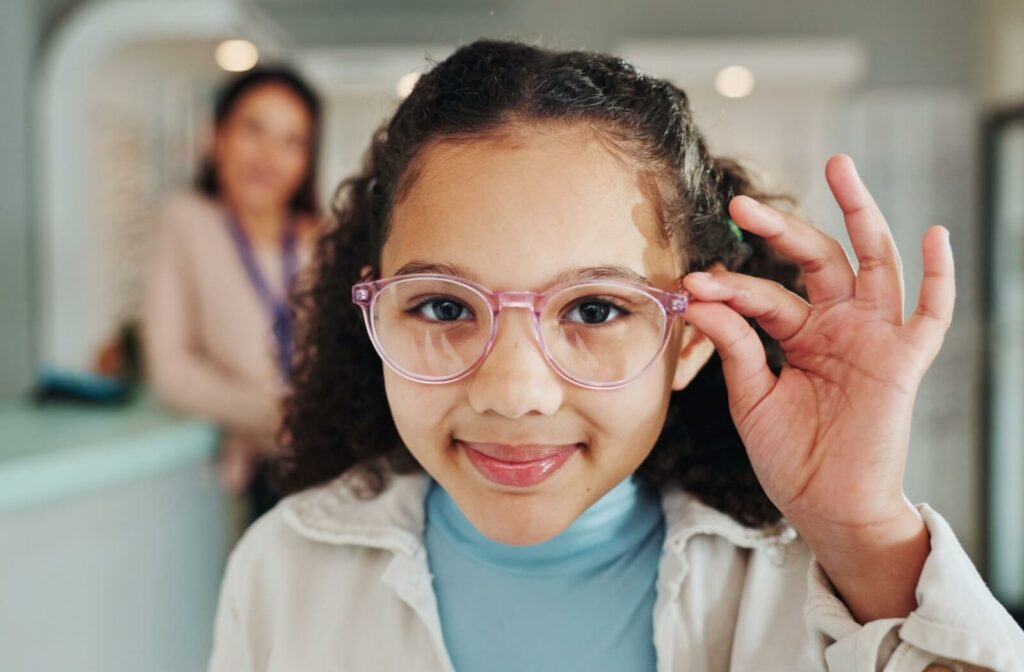
Although reversal isn’t an option, myopia can be corrected through a range of treatments tailored to a child’s needs. After a comprehensive eye exam, an optometrist may recommend:
- Prescription eyeglasses: A widely used method for managing myopia, glasses offer clear vision and can include lens coatings for added comfort.
- Contact lenses: Ideal for those who prefer not to wear glasses. Daily disposable lenses are a convenient and hygienic option.
- Laser eye surgery: Laser eye surgery can correct refractive error in adults with stable myopia, though it does not reverse the structural changes associated with the condition.
The right option varies based on age, lifestyle, eye health, and personal preferences.
Slowing Myopia with Ongoing Care
Early intervention can play a significant role in managing myopia progression. Myopia control refers to treatments designed to slow the progression of a child’s nearsightedness as they grow.
These strategies may include:
- Soft multifocal contact lenses
- Overnight orthokeratology (ortho-k) lenses
- Low-dose atropine eye drops
- Environmental changes, such as adjusting screen time and encouraging outdoor play
- Regular monitoring of eye growth and prescription changes
These treatments aim to slow the progression of myopia, which is associated with high myopia and an increased risk of future eye complications, such as retinal detachment or glaucoma.
Helping You Plan for a Healthier Visual Future
Although myopia cannot be reversed, it can be managed effectively with the right care plan. Detecting it early, choosing the appropriate correction method, and exploring myopia control strategies can help reduce long-term risks and support lifelong vision.
Book an eye exam today with Eyesis Eyecare to learn more about treatment options for myopia and explore how to protect your child’s developing eyesight.


